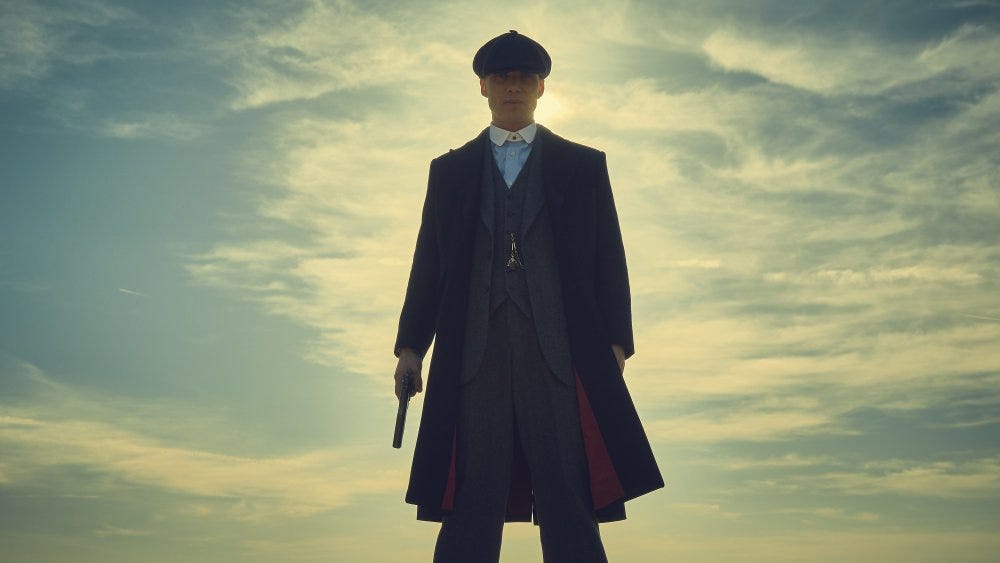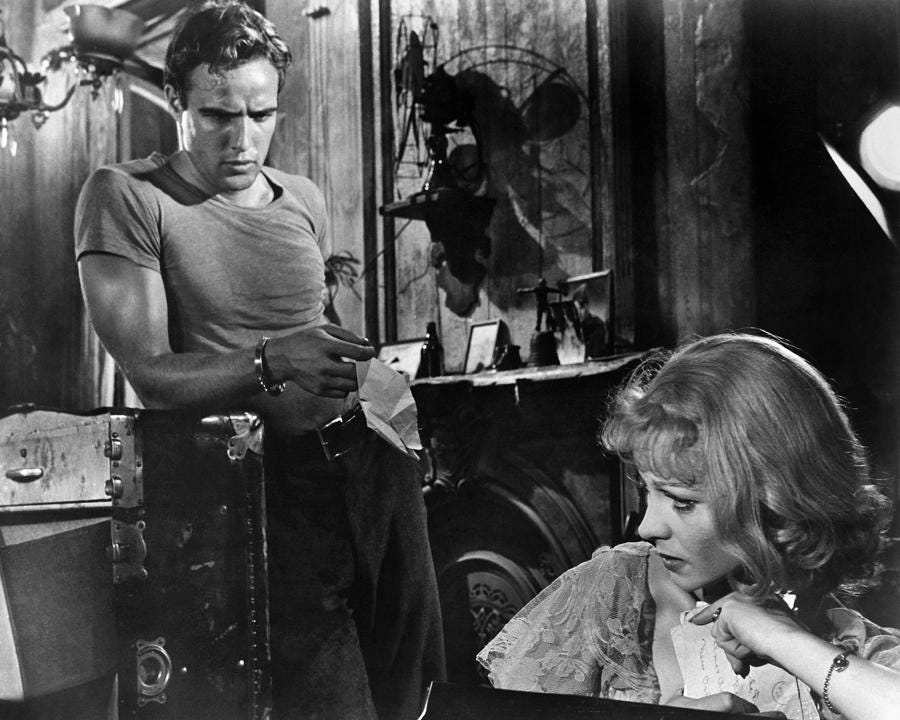Someone once told me “Rage is just grief turned upside down.” I think there’s something to this. But it’s not the whole story. We see rage in so many forms in modern society. Sometimes sanctioned for the “good” of a population. Focused rage is a driving aim of most armies and modern warfare.
But when rage rears its ugly head in civil society we call it “toxic”. And whether it’s a street fight or one of the recent horrible mass shootings that we can’t seem to stop here in the US, we have a tendency to either obsess over it, or look away entirely.
The one place where rage and violence are fully accepted and even expected these days are in entertainment. Sports, video games and of course movies and streaming shows. We can argue about whether or not our obsession with the human urge to destroy is either biological, sociological or some mix of the two. Like everyone I have my own thoughts on the issue, which I may or may not be right about, but I won’t bore you with them here. I will share this though. While it obviously has its uses in the animal world, (a world we all evolved from and are still part of), the fact is that in modern society rage, in the long run, doesn’t work. It doesn’t silence the demons. It doesn’t revenge the dead. It doesn’t protect borders. But when we experience loss we often rage nonetheless.
Of course ignoring our deepest feelings of anger and bile is no answer either. These feelings are a part of us. It’s the human condition. Plus, as I said at the beginning, in a modern context, rage can be seen as grief personified. Indeed I agree that it’s a natural response to loss. A real psychologist could explain it better, but to me it feels not like something to be quenched, like a thirst. It’s more like something you just have to survive. You have to go through it. Fighting rage or ignoring it never seems to work.
Which brings us to the world of the Shelby family. No show or film in recent memory deals with this issue of “rage/grief” better than Peaky Blinders, which just released its sixth season. (Some spoilers ahead).
Any show that presents the star as a bad guy with a “good” soul, from The Sopranos to Breaking Bad or even Mad Men, is going to eventually show how that good soul deals with really bad loss. Peaky Blinders is no exception and it doesn’t re-invent the wheel in this genre. But it does execute that good/bad or grief/rage split better than almost any drama I’ve recently seen. For me, while there’s tons of credit to go around on an ensemble series like this, including of course the show’s creator Steven Knight, I just have to give it up to the star, Cillian Murphy as Tommy Shelby.
Murphy has a quality that’s hard to explain. Despite the current season taking place in the early 1930’s, he’s clearly a character seen through a 21st century lens. His steely grey eyes offset his somewhat less traditionally masculine frame. Yet when he gives someone his attention, along with some of the most pregnant pauses ever, his stare is much more frightening than any classic “Rambo” idea of macho intimidation.
In almost every scene of confrontation that Tommy has to endure (of which there are an almost a comically, yet satisfyingly large number of) he tends to do much less than the other characters. To devastating effect.
Towards the end of this season, a low level worker who keeps track of Tommy’s opium supply but can’t help tasting the product, is brave enough to ask Tommy why he keeps doing the criminal dirty work himself? Especially since Tommy now has enough power (he’s a gangster and a politician at this point) and enough money to never have to deal with anyone he doesn’t like ever again. Tommy first just stares at this possibly foolish man, then quickly takes out his gun, points it at the pawn’s head, cocks it and….freezes. Finally, after what seems like forever, Tommy uncocks the gun and puts it back into his jacket. “That’s why I still do it. Can you feel it?” The drug addicted employee nods his head in agreement. He also felt it. Without a shot being fired. Thomas Shelby then finishes the conversation. (I’m paraphrasing here): “That’s why I still do it. That feeling. Junk (opium) doesn’t even come close.”
What goes unsaid in that scene is why do either of these men, whether it’s the low level worker stealing drugs or the kingpin getting off on the power he holds over the worker; why do they need junk or any intoxicating show power just to get through the day? On this show it always comes back to greif. Family members keep dying when you’re a gangster. The pain of that loss leads to a vicious cycle of rage, violence and acting out, which is what Thomas does. Or, eventually numbing that pain with drugs and drink, like the opium stealing worker or Thomas’ brother Arthur, a wonderful if sometimes over the top performance by Paul Anderson who’s substance abuse antics contrast magically with Murphy’s stoic Tommy.
Rage, violence, masculinity, intimidation etc. We’re all somewhat attracted to it, aren’t we? Why? Because it’s a drug. It numbs the pain. It’s gets us high. Nothing comes close as Tommy says. But for those of us who are more risk averse, watching stories of people dealing with their pain in these unhealthy ways may be as close as we’re willing to get.
I wasn’t alive in the 1950’s. But I suspect that people in general were more carefree about how they dealt with pain & grief. Maybe because back then they didn’t realize what was driving that pain. Or at least they didn’t talk about is openly as much.
I stumbled across the classic 1950’s black & white masterpiece, director Elia Kazan’s “Streetcar Named Desire” the other day, in one of my late night “anti-algorithm” channel surfing extravaganzas. It seems that I’d forgotten how just good Marlon Brando was in his prime. Like the aforementioned Murphy, Brando had that same vibe where the less he does the more we see. Sometimes just a small grunt at his wife’s sister Blanche (the great Vivian Leigh) is all that’s needed to express his “ape” like displeasure with her.
I won’t encapsulate the whole movie here. Suffice to say that for a classic from another era, with enough famous lines that border on cliche’ (“Stellaaaa!!”), it still feels fresh to me. Of course it covers a lot of the big topics we’re still talking about today. Sexuality, sexism, economic disparity, domestic abuse (both physical & psychological and again, rage. Rage & grief. Those are the real sibling stars of this film. At least as important as the sisters Blanche & Stella. (The latter played but the equally amazing Kim Hunter). Like the Shelby brothers these sisters are both damaged. And like the Shelby’s they deal with it in different ways.
Stella it seems is both repelled and attracted to her abusive husband Stanley. It’s clear that she loves him in spite of his chaos. It’s some sort of comfort for her. While her visiting sister Blanche lives in the fantasy of a high class world that she and her sister were a part of in the past but have been cast out of.
Streetcar’s screenwriter, acclaimed playwright Tennessee Williams, (adapted from his own stage play) was clearly a ahead of his time. Or maybe us 21st century dwellers, with all our nostalgic period pieces like Peaky Blinders, just haven’t progressed as much as we think we have. Many of us seem to be living in the past too.
Is this be the best we can currently do with these all too human feelings that come up after trauma and loss? To do what we’re doing when we create work like this? Maybe that’s the only way out of these cycles. To bare witness. Tell stories. Make movies. A just get through it.
Stay well everyone.
x
b



